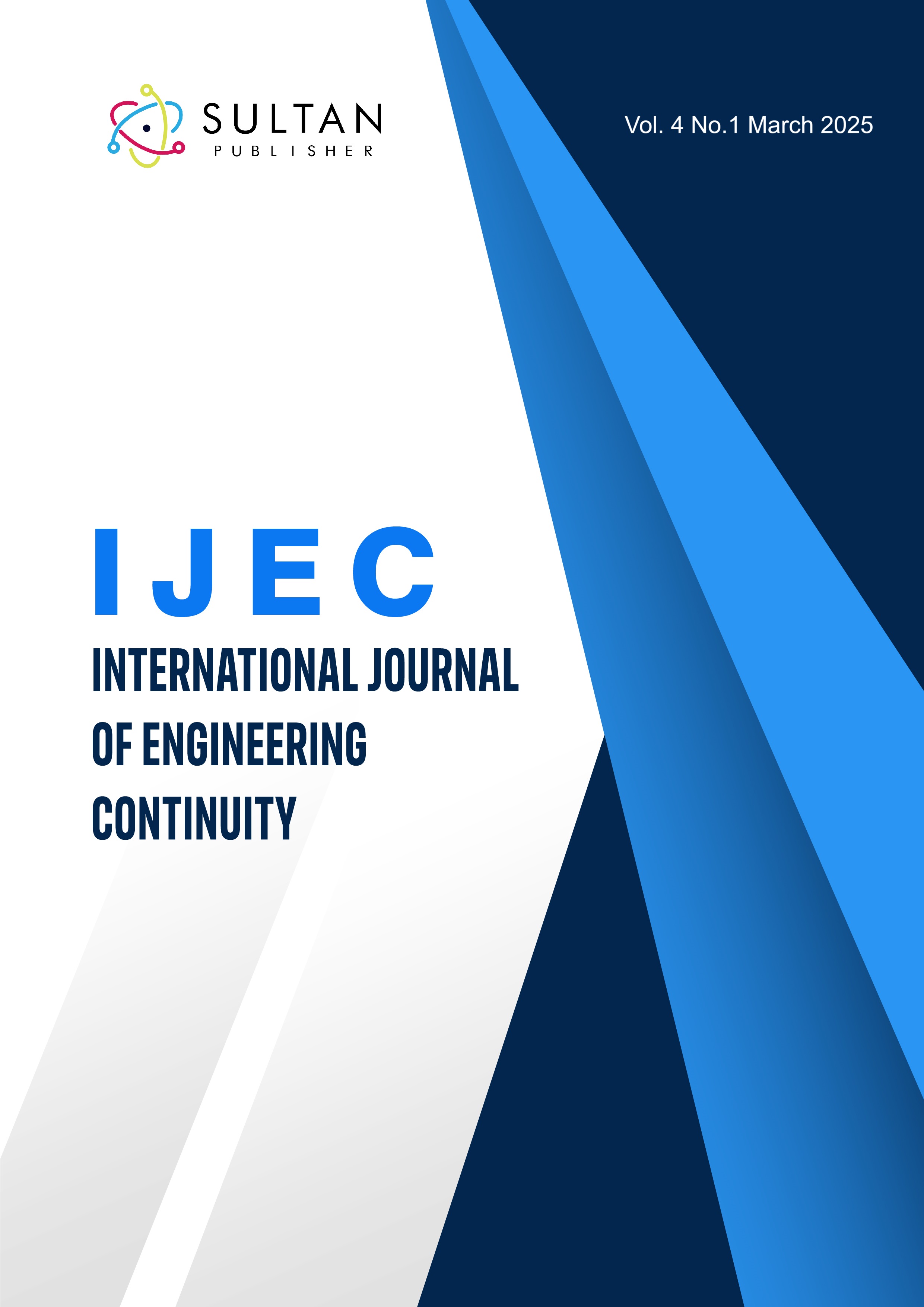Evaluation of Rainfall Intensity and the Effectiveness of Green Infrastructure in Urban Water Management: A Case Study of the University of Kadiri
Keywords:
Green Water, Rainy, Water PotentialAbstract
Urban flooding in tropical regions like Indonesia is increasingly critical due to rapid urbanization and climate change, leading to reduced infiltration and overloaded drainage systems. This study analyzes rainfall intensity and drainage capacity at Kediri University using 15 years of daily maximum rainfall data and four statistical distributions Gumbel, Pearson Log III, Normal, and Log-Normal. Goodness-of-fit tests identify Pearson Log III as the best model for design rainfall estimation. Runoff discharge is calculated via the Rational Method and compared to the existing drainage capacity, revealing insufficient infrastructure for rainfall events with return periods over 10 years. To address this, the study evaluates infiltration wells as green infrastructure solutions, demonstrating their effectiveness in reducing runoff and enhancing groundwater recharge. This integrated approach bridges the gap between statistical rainfall modeling and practical drainage performance assessment in localized tropical urban contexts. The results offer actionable insights for sustainable stormwater management and flood mitigation on university campuses and similar settings, contributing both theoretically and practically to urban water management under evolving climatic challenges.
Downloads

Published
How to Cite
Issue
Section
Copyright (c) 2025 Eko Siswanto, Sony Susanto, Fitry Rahmawaty

This work is licensed under a Creative Commons Attribution-ShareAlike 4.0 International License.




